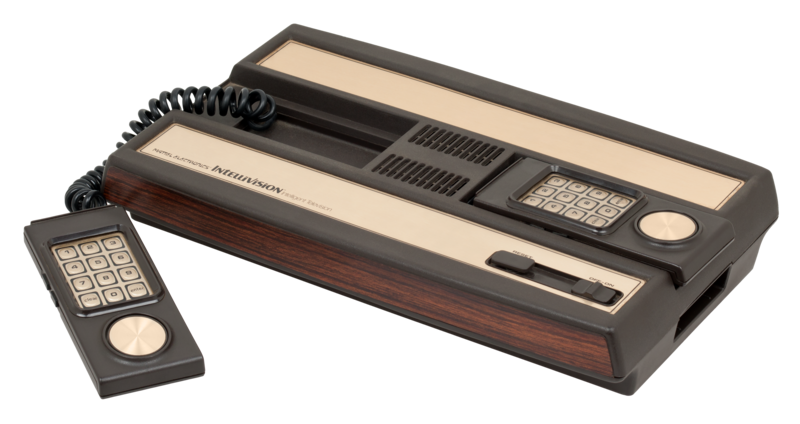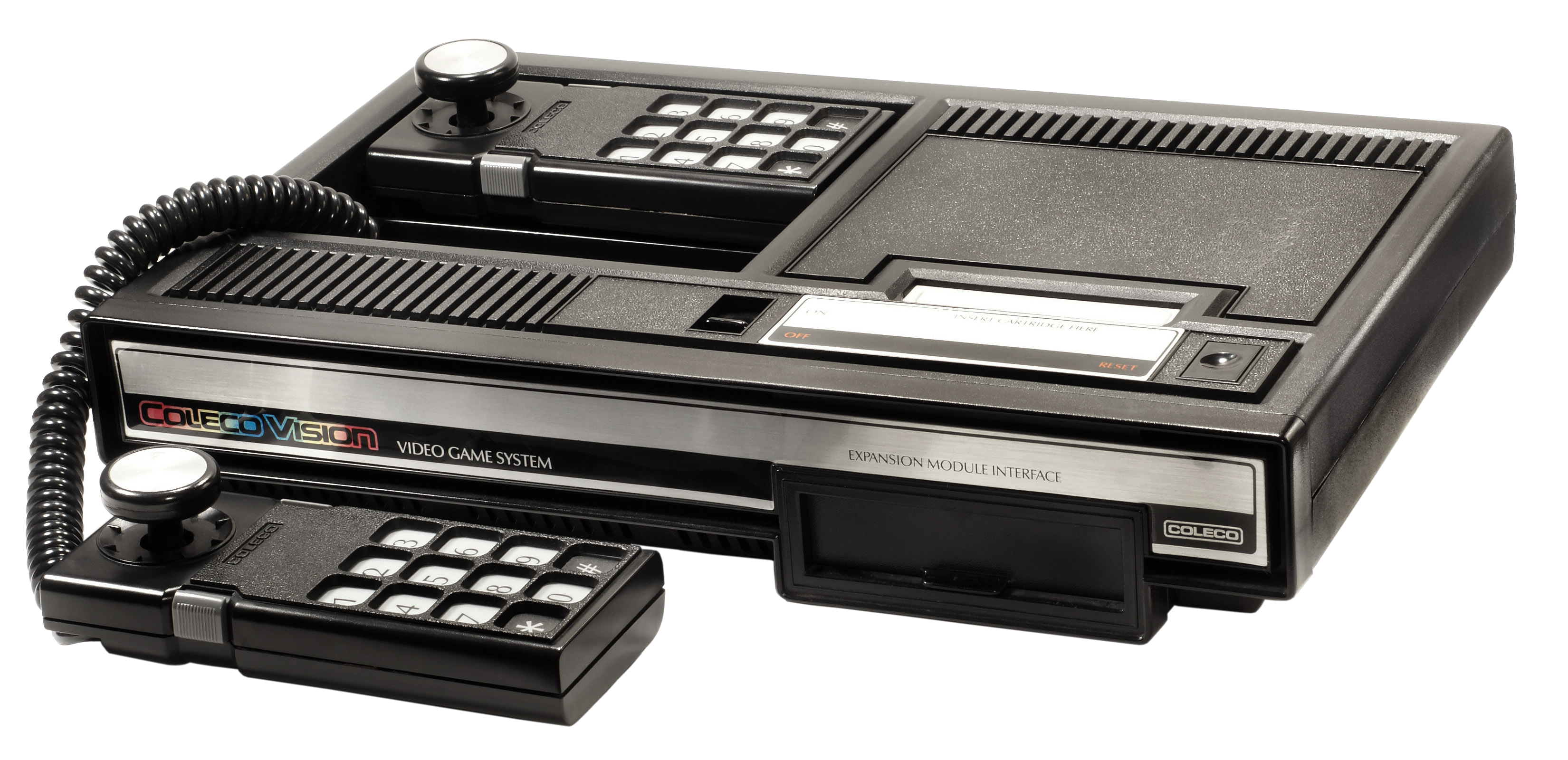Pong was the first popular video game. I first played it in a darkened pizza restaurant in 1974, the video screen casting an eerie blue glow on those gathered around it. I was nine years old.
And hooked.
In 1976 we got the home version of Pong. It had two control knobs built into the console. My brother used his advanced high school electronics wizardry to pry the knobs out and then attach them to longer wiring, allowing us to sit back and play while reclining on those giant weird pillows that were so popular in the 70s. It was great.
Through the mid-70s and early 80s, my love of video gaming saw me spending many an hour in video game arcades–my first full-time job was handing out quarters at an arcade. The job was about as exciting as it sounds, but it was still cool to be surrounded by the light and noise of forty arcade cabinets. My manager was less impressed when a group of teenage boys gathered around a machine one night, managed to jimmy it open, and then empty all the quarters from it. Hey, I just thought they were really into Sub-Roc 3D.
Looking back, some of my memories and recollections of arcade games include:
- the Williams games were technically dazzling and impossible for me to play competently. These included Defender, Stargate (no relation to the movie or TV series) and Robotron 2084. I loved these games but my roll of quarters would vanish all too quickly attempting to play them. I’m pretty sure I lost a ship just pressing the one player button in Defender.
- while I enjoyed Time Pilot, there was something almost transcendental about its sequel, the space-oriented Time Pilot 84, that really hooked me. I actually got pretty good at this one. A local laundromat in Vancouver had it and I probably spent more money on it than others did doing their laundry.
- I never quite mastered Dragon’s Lair but could play through (the superior) Space Ace with a single quarter. It was pretty much watching a cartoon with a joystick. That sounds wrong and in a way it was.
- A friend and I played Super Mario Bros as player vs. player since you could push or otherwise manipulate the other player into the crabs, turtles and mean ice cubes. You didn’t get points by indirectly offing the other player but in a way that made it even better.
- I remember thinking laser disc games were not the future. I was right (fortunately). Williams had one called Star Rider that was decent, cleverly using the laser-y part as a fairly seamless background to a respectable racing game (there’s even a YouTube video).
- The cocktail table version of Ms. Pacman was awesome. Suddenly, standing in an arcade was obsolete (several arcades started providing stools).
- The Movieland Arcade in Vancouver was one of my regular haunts and had a row of Sega’s Daytona USA machines near the front. Racing against friends was great fun. The arcade and those Daytona USA machines are still there more than twenty years later, but the arcade always looks forlorn and empty. The sign in the window also still advertises “girlie movies” in the back. I never watched the girlie movies.
- by the mid-80s, we reached a kind of golden age of arcades. Most games were still 25 cents, with new games sometimes being 50 cents. Graphics had improved dramatically so titles like Toobin’ still look pretty good today. Home consoles were in the pre-Playstation era, so arcades still had a place with a technically superior presentation. That would fade by the early 90s. Coincidentally I was edging toward 30 and my own interests began pulling me away.
- a friend and I played Cyberball against the Deluise brothers. I don’t remember why they were in Vancouver at the time.
- another friend and I would drive from Duncan to Victoria to play games like Star Rider and Crystal Castles at Xanacade. Yes, we drove nearly an hour just to play video games. Both ways, in the snow!
Video arcades still exist, mostly on the appeal of massive novelty machines that cost a lot more than a mere quarter, but like many things you adore in your youth (hello, Mad magazine), the magic has faded. Alas and such.
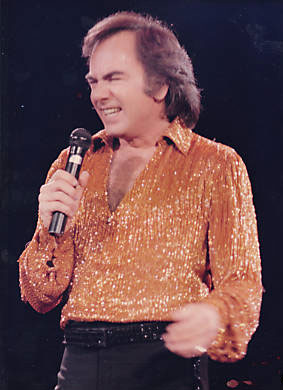

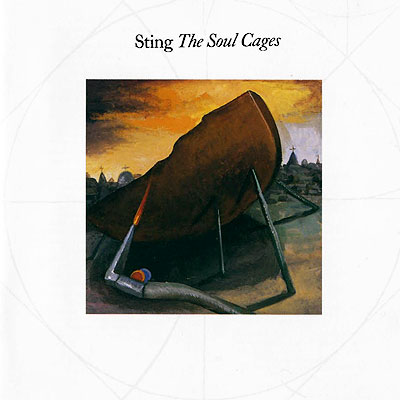
![[IMG]](http://upload.wikimedia.org/wikipedia/commons/thumb/8/8f/Atari-400-Comp.png/800px-Atari-400-Comp.png)
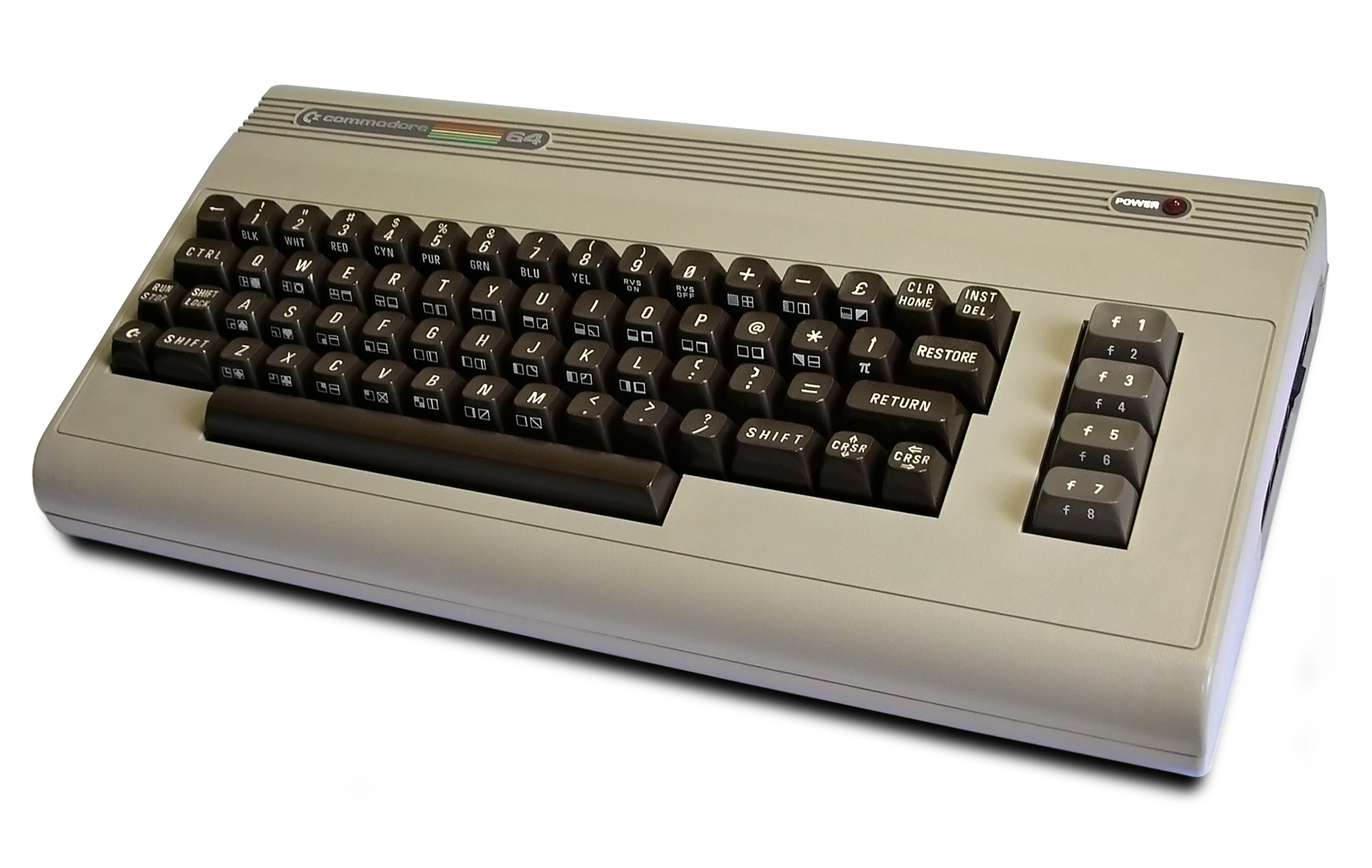
![[IMG]](http://upload.wikimedia.org/wikipedia/commons/thumb/3/39/Atari_1040STf.jpg/800px-Atari_1040STf.jpg)
![[IMG]](http://upload.wikimedia.org/wikipedia/commons/thumb/c/c3/Amiga500_system.jpg/772px-Amiga500_system.jpg)

